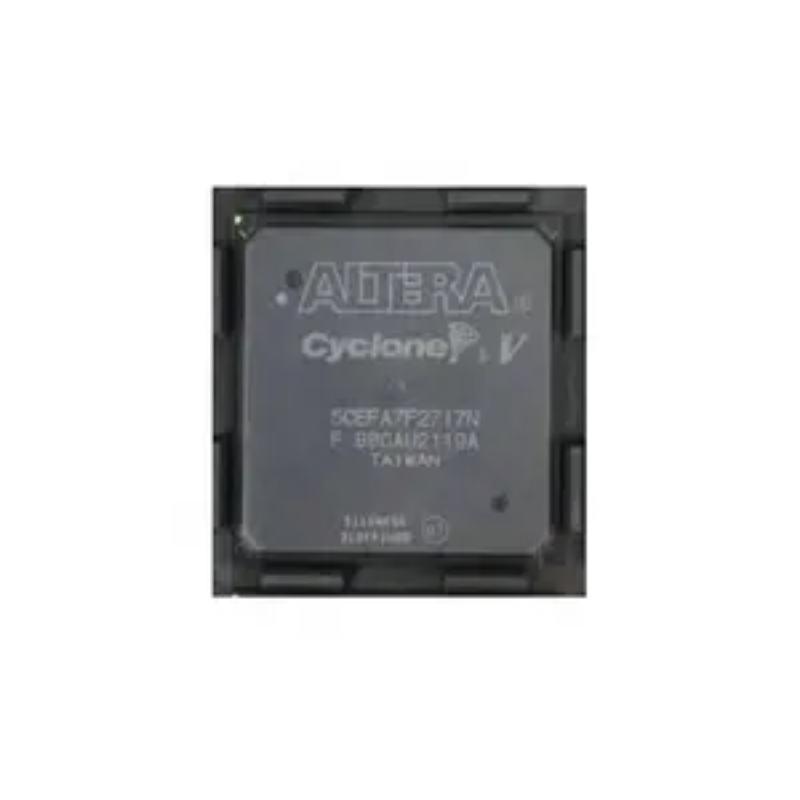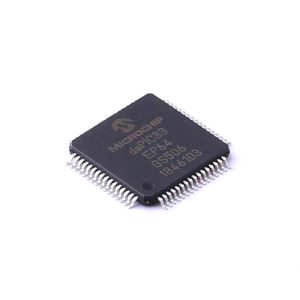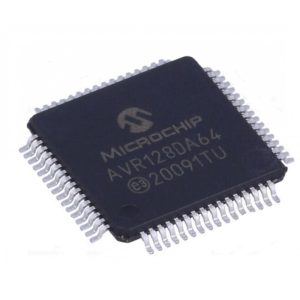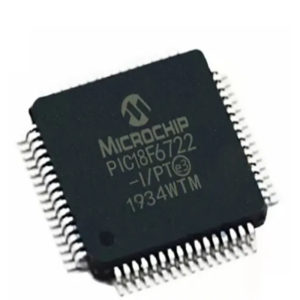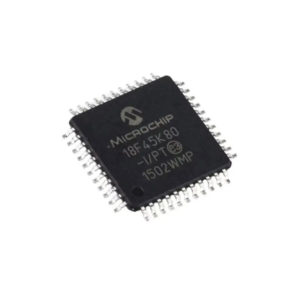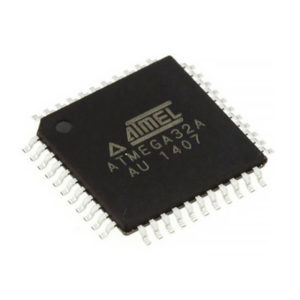5CEFA7F27I7N
| Manufacturer | Altera |
| Description | IC FPGA 336 I/O 672FBGA |
| Category | Integrated Circuit |
| Package | BGA-672 |
| Status | New & original |
| Ship From | HK/SHENZHEN |
| Stocks | 10,000 |
Please submit your BOM List or Input the part online
Description
The component “5CEFA7F27I7N” appears to be an FPGA (Field-Programmable Gate Array) from Intel’s Cyclone V series. FPGAs in the Cyclone V family are known for their low power consumption and high-performance capabilities.
FPGAs are programmable integrated circuits that allow users to configure digital logic circuits and create custom digital designs. They consist of an array of configurable logic blocks, interconnects, and I/O (input/output) resources. The configuration of an FPGA can be modified or reprogrammed to implement different logic functions or complex digital systems.
Based on the naming convention used by Intel for their FPGA products, “5CEFA7F27I7N” likely represents a specific variant, speed grade, or package type details of the FPGA.
The application of the “5CEFA7F27I7N” FPGA would depend on its characteristics, features, and the requirements of the project or system it is being used in. Generally, FPGAs like the Cyclone V series find applications in various fields, including:
1. Wireless communication: FPGAs can be used in wireless communication systems to implement baseband processing, signal modulation/demodulation, and protocol handling. They are commonly employed in wireless infrastructure equipment such as base stations and access points.
2. Video and image processing: FPGAs are well-suited for video and image processing tasks due to their parallel processing capabilities. They can be used in applications such as video encoding/decoding, image recognition, and real-time video analytics.
3. Industrial control and automation: FPGAs find applications in industrial control systems, programmable logic controllers (PLCs), and automation equipment. They can be used to implement custom control algorithms, interface with sensors and actuators, and perform real-time monitoring and control.
4. Medical devices: FPGAs are utilized in medical devices for tasks such as signal processing, image analysis, and patient monitoring. They offer the flexibility to adapt to different medical imaging standards and processing requirements.



















































